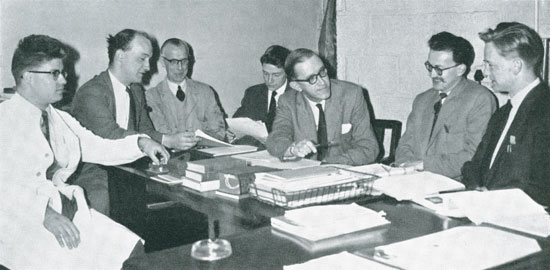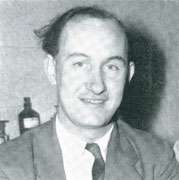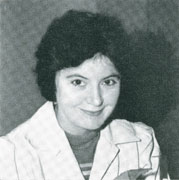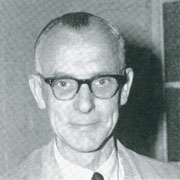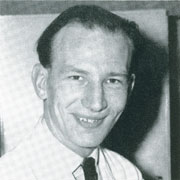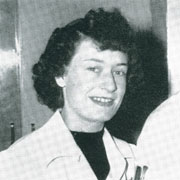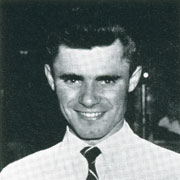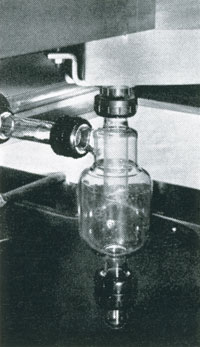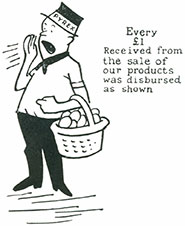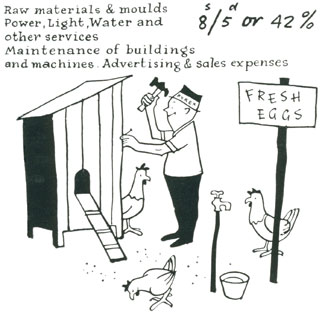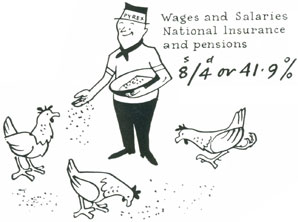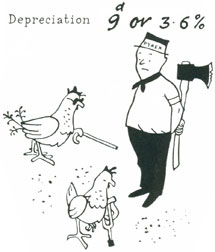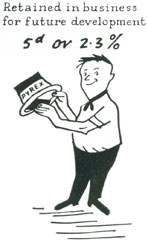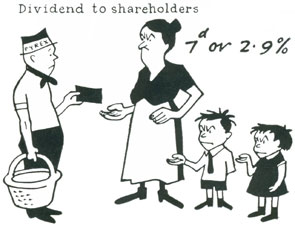|
It was a change to get from the new-house atmosphere of refractories to the lived-in comfort of the chem. lab., with its homely smells — if you like that kind of thing. The chem. lab. always looks mysterious, something like a witches’ cave, with smells, and spells, and charms. The recent leak through the floor into the Physics Lab, we were assured, was not the result of a spell. Talking of charm, a certain lady of this department recently visited Ireland on holiday. We hear she appeared a little green about the gills on her return. The sea voyage, perhaps, or a reflection of the Emerald Isle ? Incidentally, the lady’s name is not Scottish. One of the males brought some fish back recently from one of his fishing expeditions. We are sure he actually caught them, although one can never be sure of fishermen. Motor-bikes seem to cause another male member of the staff some trouble, perhaps he added the wrong reagent to his petrol. Before leaving the chem. lab. we heard that Mr. Sedgwick has an up-and-coming youngster who is a keen supporter of Newcastle United, in spite of Sedgwick Senior’s efforts to show him the error of his ways.
Altogether, chatting to the laboratories staff brings it home that these laboratory boffin types are really human after all, with their domestic problems large and small. The same as you and me in fact.
AS.
LETTER FROM MR. A. FALCONER
The following letter was received by our Deputy Chairman from Mr. A. Falconer.
Dear John,
I would like you to know how much I enjoyed my visit this week to Sunderland. It was a real pleasure to meet once again so many of my friends on the Executive Staff and to find them in good heart and full of enthusiasm for the future prosperity of Joblings. I thank you and your colleagues for organising the dinner given in my honour and also for the very handsome gift presented to Mrs. Falconer and myself. I will long cherish this token of many happy years spent as Chairman of the Company.
I was greatly impressed with all I saw during my tour of the factory. There has been a wonderful improvement in the lay-out, productivity and cleanliness of the factory compared with eight years ago, when I was appointed Chairman. The new offices are attractive and well planned and should help a lot to increase efficiency.
When I was appointed Chairman sales were slightly under £2,000,000. I told the first Sales Conference that the next target was £3,000,000 and that I expected it to be reached in a few years time. I was delighted to learn from you that sales in 1957 were £3,500,000. This is a wonderful achievement. You have a good team.
Wishing you the best of luck.
THE WORLD’S LARGEST
GLASS WASTE LINE INSTALLATION
The world’s largest installation of glass waste line and sink traps is a feature of the new Nottingham College of Technology. This system, incorporating over a mile of ‘pyrex’ glass pipeline has been developed, designed and erected by our subsidiary Q.V.F. The entire installation is completely sealed, has no opening traps and, beginning on the seventh floor of the building, it forms one continuous system to the outside drains. There are 248 sink units each with its own sink trap constructed of glass. Our Pipeline factory manager, Mr. G. W. Hindmarch, recently visited Nottingham and came back full of praise for the Q.V.F. plumbers, and full of pride in the glass produced by Jobling’s. Our illustration shows one of the sink traps.
|



